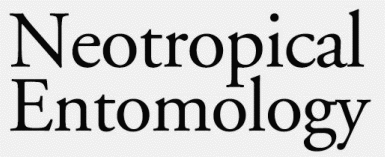Guilds of Aculeate solitary wasps and bees that nest in preexisting cavities in wood are important components of terrestrial ecosystems because they engage in several ecological interactions (e.g. predation and pollination) with other species of plants and animals. Spatial and temporal variations in richness and abundance of solitary wasps and bees can be related to changes in environmental structure and in the diversity of other groups of organisms. The nesting period of these Aculeata is their most critical life cycle stage. Females of solitary wasp and bee species invest relatively more time constructing and provisioning their nests than do females of social species. Differently from species that nest in the soil or construct exposed nests, the main factors affecting the reproductive success of solitary species nesting in preexisting wood holes are still unknown. Our objective is to provide an overview of the role of proximate causes of nesting failure or success among solitary wasps and bees (Aculeata), for designing effective conservation and management strategies for these Hymenoptera.
Solitary wasp; solitary bee; guild; tree hole; trap-nest






